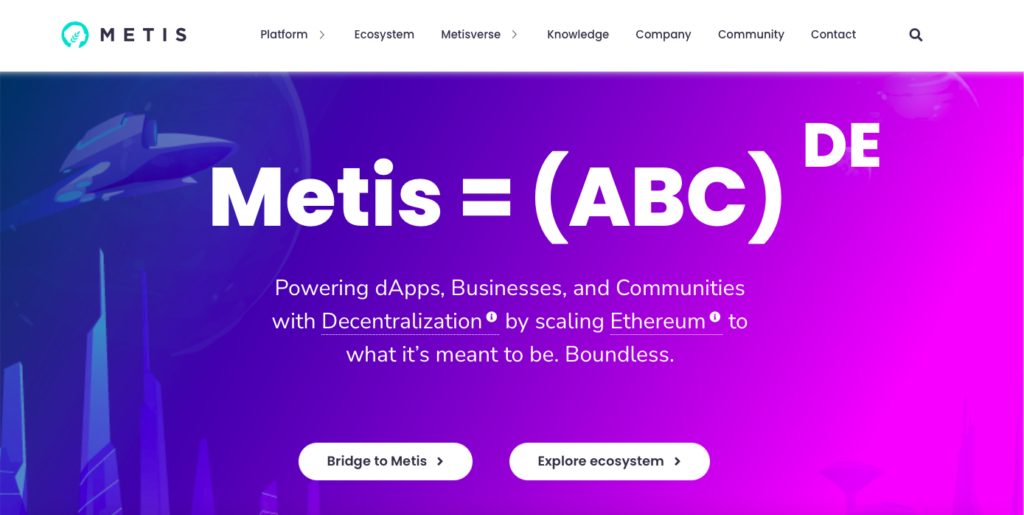When it comes to blockchain technology, keeping privacy while verifying data is a challenge. However, with the help of zero-knowledge proof (ZKP) cryptography, one party can prove a statement true to another party without revealing any additional information. In the blockchain space, ZKP projects have gained significant attention in recent years for their ability to offer a solution to this challenge.
As we approach 2023, there are four top zero-knowledge proof projects that are worth keeping an eye on.
Zero-knowledge proof easy explanation in one minute
But first let’s start with the quick introduction to topic.
Zero-knowledge proof is a way of proving the validity of statement without revealing the statement itself. To understand this better, imagine that…


That’s what a zero-knowledge proof does in computer security, it proves something is true without revealing any secrets.
Top Zero-Knowledge Proof Projects to watch in 2023
Miden
Miden, a decentralized platform utilizing zero-knowledge proof, prioritizes user privacy and security for conducting business transactions. The platform boasts a unique privacy protocol that allows users to verify transactions without disclosing personal information. With a focus on user privacy and security, Miden provides a reliable and secure platform for conducting business. Additionally, its high level of scalability enables it to support large-scale enterprise applications, making it an excellent choice for users searching for a secure platform. Notably, Miden is among the leading zero-knowledge proof projects in 2023.
Polygon Zero

Polygon Zero, a blockchain platform focused on maintaining privacy, utilizes zero-knowledge proof projects in 2023 to ensure secure and anonymous transactions. It aims to tackle the hindrances of conventional blockchains such as low throughput and slow transaction speeds. Unique privacy-focused features of Polygon Zero safeguard user data while facilitating efficient transactions. This revolutionary approach is especially beneficial for industries that demand high levels of security and privacy in transactions.
Polygon Zero’s team has been actively improving the infrastructure and expanding the user base in terms of development progress. In fact, the platform has recently announced a strategic partnership with Polkadex, a decentralized exchange, enabling cross-chain transactions and providing liquidity. This prepares Polygon Zero for zero-knowledge proof projects in 2023, while showcasing its interoperability with other blockchain networks.
Polygon Hermez
Polygon Hermez, a scalable open-source zk-rollup, is set to become a key player in the blockchain industry in 2023 with its focus on scalability, interoperability, and security. It utilizes zero-knowledge proof to provide efficient and secure transactions on the Ethereum network, compressing multiple transactions into a single transaction to reduce gas fees and increase transaction throughput. With its interoperability features, Polygon Hermez enables cross-chain transactions and easy migration between blockchains, making it a viable solution for businesses looking to launch their own blockchain projects.
Metis

Metis, being a platform that utilizes zero-knowledge proof, offers privacy and scalability to businesses and individuals on the internet. It aims to solve the scalability challenge in the blockchain industry by providing an off-chain solution with the same level of security as on-chain transactions, particularly in zero-knowledge proof projects in 2023. The platform’s architecture is designed to support large-scale enterprise applications with customizable templates, making it easy for developers to create decentralized applications (dApps) with minimal effort. Metis also offers tools for creating and launching token economies, facilitating crowdfunding campaigns, and managing communities, making it an all-in-one solution for businesses looking to launch their own blockchain projects. With its focus on privacy, scalability, and ease of use, Metis is definitely a platform to watch in 2023 in zero-knowledge proof projects.

Conclusion
In the realm of zero-knowledge proof technology, these four projects from 2023 exemplify groundbreaking advances. ZKP application in these projects addresses some of the most pressing issues in the blockchain sector, including scalability, privacy, and security. The implications for the industry are vast, as this new layer of privacy and security will significantly benefit both individuals and businesses online.



